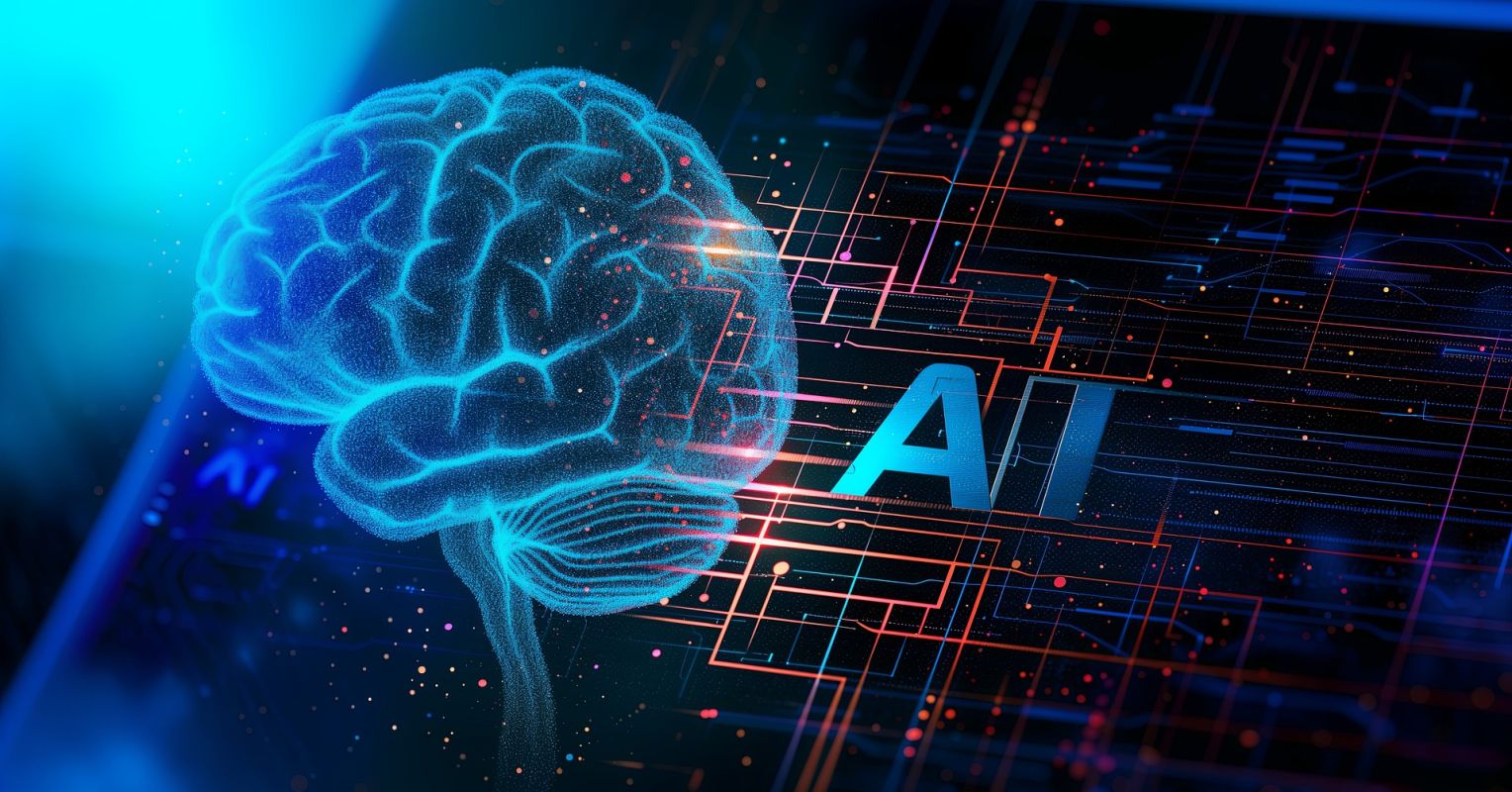Neuroscience, behavioral science, and medical research are accelerating with the help of the predictive power of artificial intelligence (AI) machine learning.new peer-reviewed study was announced on PLoS Computational Biology demonstrates an AI deep learning model that can predict behavior with 95% accuracy at near real-time speeds.
“Deep learning is a powerful tool for accurately decoding movement, speech, and vision from neural signals from the brain, and it is also a brain computer that uses the correspondence between neural signals and their intentional behavioral expressions.・It is also a powerful tool for neuroengineering such as interface (BCI) technology.” is a report by corresponding author Toru Takami of Kobe University School of Medicine and researchers Takehiro Amioka, Nobuhiro Nakai, and Okito Yamashita. reported.
Brain-computer interfaces enable people with motor, speech, and other disabilities to interact with and manipulate external devices, such as computers and robotic limbs. For people suffering from neurological disorders, locked-in syndrome, movement disorders, and paralysis, brain-computer interfaces offer hope for improving the quality of daily life.
Deep learning is a subset of machine learning. In machine learning, algorithms “learn” from large amounts of training data rather than relying on explicit hard-coding of instructions. A deep neural network consists of an artificial neural network with an input layer, an output layer, and many layers in between. Deep learning algorithms are responsible for the ongoing AI renaissance.
The AI model design by researchers at Kobe University School of Medicine consists of a convolutional neural network (CNN) for image data analysis and a recurrent neural network (RNN) for processing sequential time-varying data. Researchers call this approach “end-to-end” deep learning.
Convolutional neural networks are deep learning neural networks commonly used for image classification in computer vision tasks and natural language processing. Convolutional neural networks are feedforward networks that do not require preprocessing and are excellent at identifying patterns in raw image data. Similar to the human visual cortex, convolutional neural networks use a series of processing layers to progressively identify more complex features. More convolutional layers can identify more complex features.
Recurrent neural networks are bidirectional deep learning algorithms that use time-series or continuous data to perform tasks such as image captioning, speech recognition, translation, and natural language processing. In recurrent neural networks, the output depends on previous inputs in the sequence. Instead of traditional backpropagation, recurrent neural networks use backpropagation over time (BPTT) to sum the error at each step.
Kobe University School of Medicine’s AI deep learning model is characterized by its real-time performance and high accuracy, as well as the fact that it does not require time-consuming data preprocessing such as selecting regions of interest. Neuroscientists evaluated AI models for behavioral classification. Specifically, without predefining the brain regions of interest, we used images of the entire cortex to determine whether laboratory mice were resting or moving on a treadmill. The researchers ran an AI model on his five mice and found that they could generalize and eliminate individual attributes.
“Our findings demonstrate the possibility of neurally decoding voluntary actions involving whole-body movements from whole-cortex images and the advantage of identifying essential features of the decoder,” said the study, published by Kobe University School of Medicine. The team reported.
To understand which regions the AI model identified as regions of interest, the researchers systematically used a process of elimination. The team systematically removed portions of the image data to evaluate the performance of the AI deep learning model. In this way, neuroscientists were able to identify and determine which image data contributes the most to the AI model’s predictive accuracy. This helps uncover the so-called “black box” of AI deep learning by showing which data has the most impact on an AI model’s performance.
“To make deep learning decoding interpretable, we sought to quantify the key regions of the image that contribute to the behavioral classification of the CNN-RNN decoder,” the researchers wrote.
Neuroscientists at Kobe University School of Medicine have successfully demonstrated a proof-of-concept combining two AI deep learning algorithms to quickly and accurately decipher neural activity, which could help advance human brain-computer interface technology in the future. There is.
Copyright © 2024 Kami Rosso All rights reserved.
